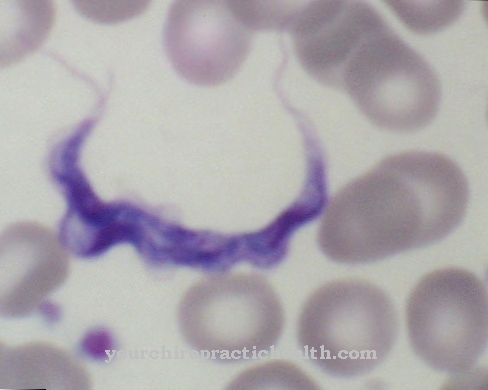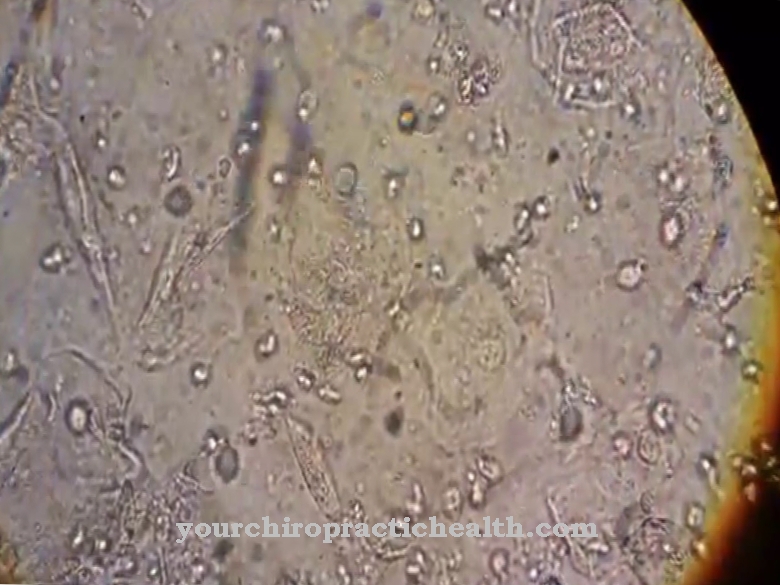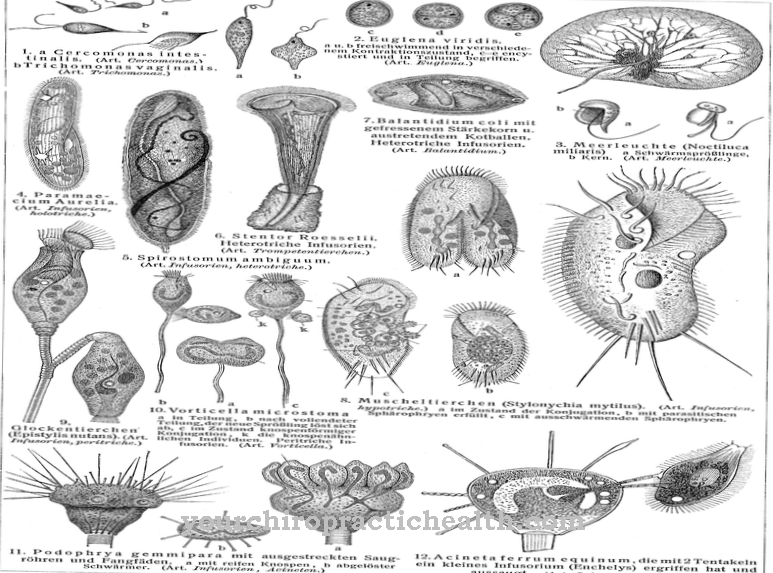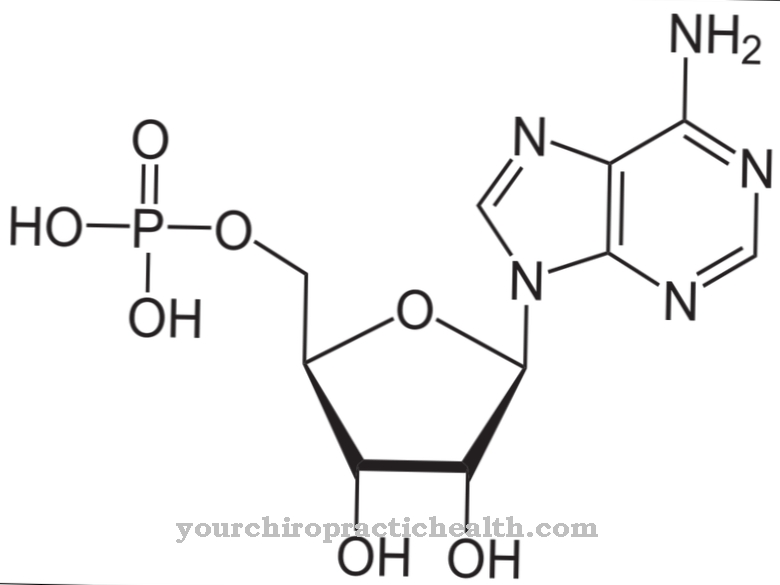Candida glabrata is a yeast from the genus Candida. For a long time Candida glabrata was not considered a pathogen, but it has been shown that the pathogen causes more and more opportunistic infections.
What is Candida Glabrata?
Candida glabrata belongs to the genus Candida. Candida are yeasts that belong to the class of the ascomycota. There are 155 different types of Candida in total. Candida glabrata is a haploid yeast. It therefore only has one set of chromosomes. On glucose-peptone agar, the yeast appears as a cream-colored, smooth colony that forms longer yeast-like cells. These cells are also known as pseudomycelia.
The individual yeast cells are between 2 and 4 µm in size. The GC content of Candida glabrata is 39.6 to 40.2 mol%. The GC content indicates what percentage of the DNA bases are formed from guanine and cytosine. The genetic information of Candida glabrata is in the cell nucleus in the form of 13 chromosomes. The complete genome of the fungal strain was completely deciphered for the first time in 2004. It consists of more than 12 million base pairs and over 5000 genes.
For a long time Candida glabrata was primarily classified as non-pathogenic organisms. There were only a few infections with the yeast. In the meantime, however, it has been found that Candida glabrata is a highly opportunistic pathogen. Opportunistic pathogens are parasites that use a weakened overall constitution of the body and a weakened immune system to spread. As a result, they cause what is known as an opportunistic infection.
Occurrence, Distribution & Properties
Candida glabrata is a pathogen that occurs ubiquitously. This means that the fungus colonizes a variety of different habitats. It is often found as a contamination germ in fruit juices, but can also be found on fruit and vegetables. Ready-made raw vegetable salads from the refrigerated counter show a particularly high level of contamination. They are often contaminated with millions of colonizing Candida fungi.
Research shows that the pathogen can also survive outside the human body. If the humidity is between 30 and 50 percent, the mushrooms can survive for at least 30 days. With a higher humidity, the survival time increases to up to 12 months.
Candida glabrata is the only type of Candida that has a number of adhesins. Adhesins are factors that enable bacteria and fungi to adhere to certain structures. In Candida glabrata, adhesin production is encoded by the EPA genes. EPA stands for epithelial cell adhesin. The EPA genes are located in the fungus in the so-called subtelomeric region. They are able to react to signals from the environment with massive expression. Thus, Candida glabrata is able to adhere to both biotic and abiotic surfaces in microbial mats.
As a result, the fungus causes dangerous biofilms on urinary catheters, so that urinary tract infections caused by Candida glabrata occur again and again in hospitals after catheterization. Candida glabrata also settles on dental products, such as prostheses, and thus enters the body. Ingestion through contaminated food and contaminated juices is also possible.
Illnesses & ailments
Candida glabrata is a pathogen that mainly plays a role in hospitals. There he repeatedly causes infections of the urogenital tract. For example, Candida glabrata can develop urethritis (inflammation of the urethra). In urethritis, the mucous membranes of the last section of the lower urinary tract (urethra) are inflamed. This leads to pain when urinating, whitish discharge from the urethra and a constant need to urinate.
The bladder can also be affected by the inflammation. Inflammation of the urinary bladder is also known as cystitis. Typical symptoms of cystitis are pain and burning when urinating, frequent urination with small portions of urine, and bladder cramps. There may also be blood in the urine. If the course is severe, a fever is also possible.
Along with Candida albicans, Candida glabrata is the second most common cause of vaginal yeast infections. The vaginal mycosis is colloquially called vaginal thrush. A typical sign of a vaginal infection with Candida glabrata is an odorless, white and crumbly discharge from the vagina. The affected women often suffer from itching in the vulva area. White deposits that cannot be wiped off appear on the vaginal mucosa. These are called thrush. In severe cases of infection, they can spread to the entire vulva. In addition, painful erosions can occur in the genital area. The skin changes can extend to the mons pubis and the inner thighs. The soreness of the mucous membrane causes pain when urinating and during sexual intercourse.
Fungemia can develop in severely immunocompromised patients, i.e. people with a reduced immune system, for example patients with AIDS or leukemia. Here the fungus reaches all organs in the body via the bloodstream. It is a systemic infection. The blood poisoning is associated with a high fever, chills and increasing paleness. The general condition is bad.
When the lungs become infected with Candida glabrata, severe pneumonia develops. The heart can also be affected by the infection. Inflammation of the heart valves (endocarditis) is a serious complication of the fungal infection. Therefore, early diagnosis and treatment is important.
As a rule, cultures are grown from smears or stool to establish a diagnosis. An additional check of the IgA in the blood can provide indications of an acute infection. Urine tests are also possible, but provide less accurate information. Treatment is with antifungal drugs.
















.jpg)


.jpg)







.jpg)
